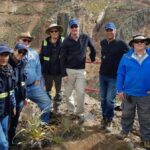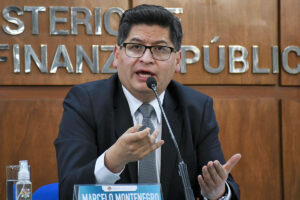Wildfires in Bolivia have burned through more than 10 million hectares (24.7 million acres) of land this year, marking the worst fire season on record. This catastrophic event has scorched an area roughly the size of Iceland or Cuba, surpassing previous devastating fire years in 2010 and 2019.
The fires have mostly impacted the eastern regions of Bolivia, particularly the Santa Cruz department, a key farming area near Brazil, which accounts for nearly 7 million hectares of the total damage. The nearby department of Beni has suffered another 3 million hectares of destruction.
Juan Pablo Chumacero, a researcher at the Tierra Foundation, described the situation as an unprecedented disaster, affecting thousands of households, farmers, and Indigenous communities. Many have been displaced due to the destruction of homes, crops, and livelihoods, as well as the contamination of air and water sources.
The fires continue to spread, with no immediate end in sight, severely disrupting daily life and agricultural production. Dramatic images have emerged of Bolivians trying to salvage their belongings from the flames, highlighting the immense human toll of the disaster.
The scale of the fires underscores the urgent need for improved disaster response and sustainable land management in Bolivia to prevent future catastrophes of this magnitude.
















